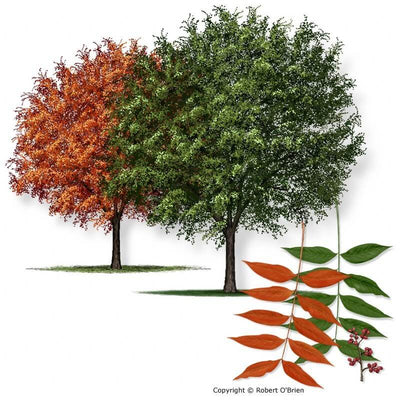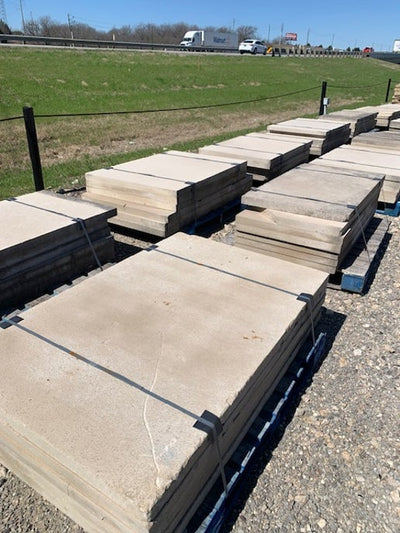Ligustrum Sunshine

Ligustrum Sunshine
Description: Ligustrum 'Sunshine' is a compact, evergreen shrub with vibrant, glossy leaves that emerge bright yellow in spring and gradually mature to a golden-yellow hue throughout the growing season. It produces small, white, fragrant flowers in late spring to early summer, which attract bees and butterflies. These flowers are followed by small black berries in the fall, adding further ornamental interest. 'Sunshine' is often used to provide contrast and color in mixed borders, hedges, or as a specimen plant.
Size: Ligustrum 'Sunshine' typically grows to a moderate size, reaching heights of 3 to 5 feet (90 cm to 1.5 meters) with a similar spread. It has a dense, rounded habit, making it suitable for use as a hedge or border plant. With regular pruning, it can be maintained at a smaller size or shaped to fit specific spaces in the landscape.
Best Growing Zones: Ligustrum 'Sunshine' is best suited to USDA hardiness zones 5 through 9. It thrives in temperate climates with mild winters and warm summers. This cultivar prefers full sun to partial shade exposure, although it can tolerate some shade, particularly in hot climates. It is relatively adaptable to different soil types, including sandy, loamy, or clay soil, as long as it is well-drained.
Soil Requirements: Ligustrum 'Sunshine' prefers well-drained soil with a slightly acidic to neutral pH level. It can tolerate a variety of soil types, including sandy, loamy, or clay soil, as long as it is well-drained. Amending the soil with organic matter, such as compost or peat moss, can improve soil fertility and drainage, promoting healthy growth and vibrant foliage color.
Maintenance: Ligustrum 'Sunshine' is relatively low-maintenance once established. It requires regular watering, particularly during dry periods, to keep the soil evenly moist but not waterlogged. Pruning is typically done in late winter or early spring to remove any dead, damaged, or overgrown branches and to maintain the desired size and shape. 'Sunshine' is relatively pest and disease resistant, although it may occasionally be affected by issues such as aphids or scale insects. These problems can usually be managed with proper cultural practices, including regular inspection and appropriate treatment if necessary.

